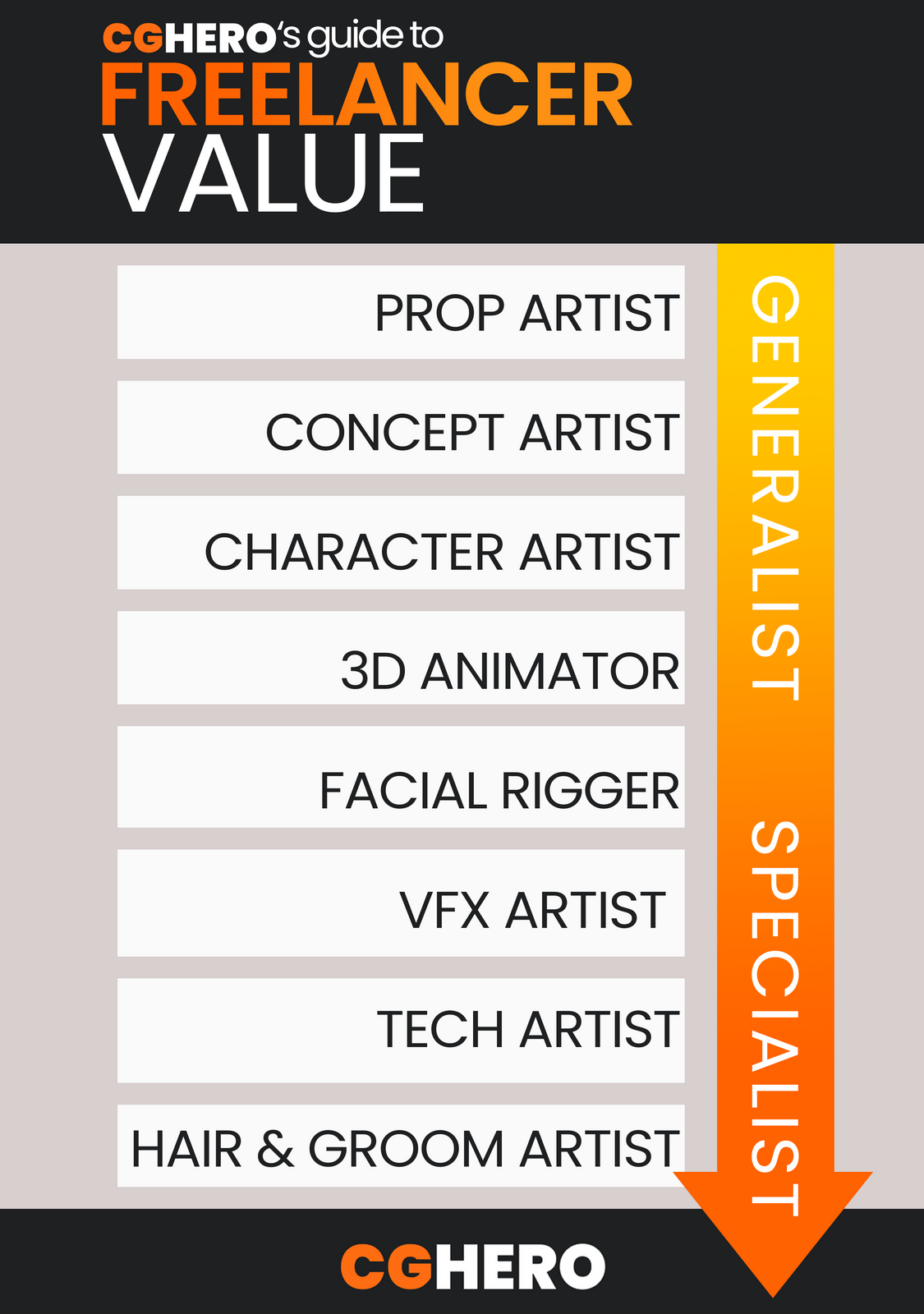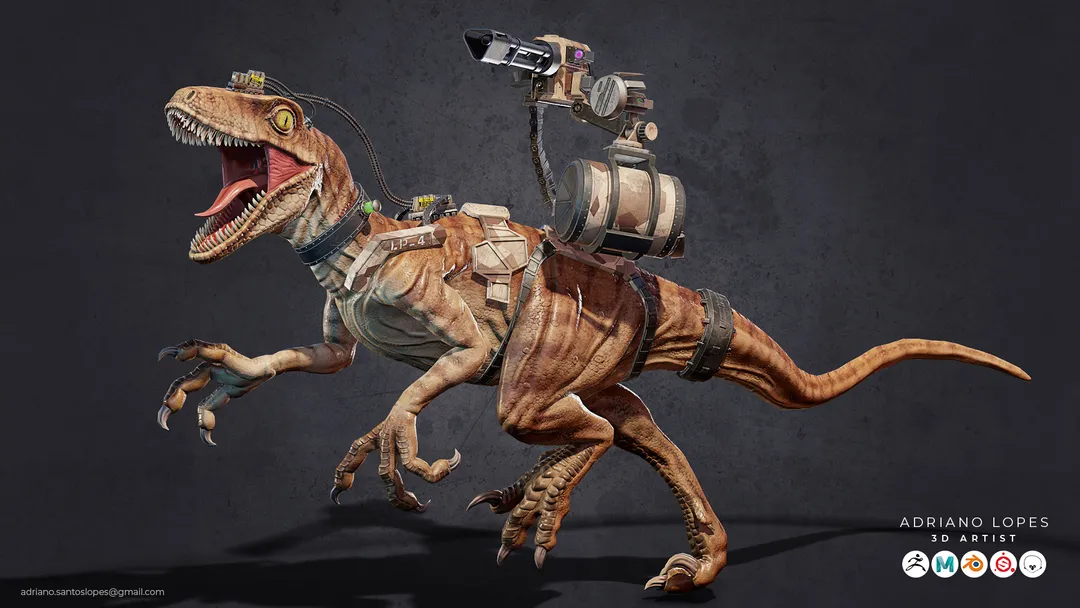CGHero's Guide to: Pricing Yourself as a CGI Freelancer
Take a look at how to set a rewarding price for yourself, factoring in your experience, expertise and overheads, so that both you and your client are left happy.
As a freelancer, it’s important you set a rate that fairly rewards your time and experience
Your day rate is paramount to this - and it can be a tricky thing to get right! There are a number of important factors to examine; location, overheads, software, taxes, holidays, sickness - the list goes on.
Today, we’ll look at how to set a rewarding price for yourself, factoring in your experience, expertise and overheads, as well as level of quality and time spent addressing feedback, so that both you and your client are left happy - and hopefully, foster a long term relationship.
Worldwide rate for CGI work
When it comes to freelancing, and important thing to consider is theworldwide rate. This is a fairly new idea, which has been on the rise with the influx of remote work. The reasoning behind this is straightforward; each country has their own minimum wage, as per their economic status. It’s for this reason that companies will outsource work to lower cost of living locations, such as India or Brazil, such as clothes manufacturing, photo editing or even 3D assets - games giants such as Rockstar and Sumo both have large studios in Hyderabad, for example. Freelancers from countries such as these have an opportunity to be more competitive with rates, but competing on cost alone is not an effective strategy to winning work.
For example, there is a lot of precedence in a location. For many companies and clients, time zones and language are indispensable factors for certain projects, eliminating the need to compete with comparatively inexpensive artists worldwide. Another great factor is the familiarity and reliability that you as an individual bring to a client; repeat customers account for 61% of an average freelancers’ income - in the CGI sector, due to limited availability across disciplines and the specific skillset, this retention rate is higher.
That all said, the industry is starting to move towards a “worldwide rate” - regardless of location, people are beginning to charge a flat day rate, starting at $150. You can see a full list of rates below.
The Rise of the Freelancer
More and more, studios are beginning to assess their budgets and carefully select who and when they hire. For this reason, many are beginning to shift to hiring contracted employees when demand or deadlines increase work load. This means the creative digital industries are beginning to see an influx of remote and hybrid options; this is especially ideal for those looking to build on their freelance experience before taking the leap full-time.
Pricing per project vs pricing per hour
Depending on the project, you might prefer to set a flat rate. However, unless you’re familiar with the client and the expected workload, we strongly recommend against this. Manage reasonable expectations and avoid missing deadlines by setting milestones with clear deliverables with a reasonable timescale to ensure a timely result, especially if it’s your first time working with a client. This is especially true in the case of CGI, where deliverables tend to be objective - things like environment or character art, props, lighting, ect. Software and hardware challenges can seriously extend your overheads, too; for these reasons, always include your daily rate and hours worked on each invoice, ideally delivered weekly or monthly.
At the beginning of a project, let the client know your estimated completion time after reviewing the brief - for example, a modular kit of 12 textured assets might typically take you 2 weeks. Be up front about your time scales and how long you estimate it will take, and work from there.
Charge your day rate for any additional changes that are beyond the scope of the original delivery. For example, tweaking textures or animations - anything that takes you more than a few hours.
So, how do you set your day rate?
The best place to start is experience. Consider your education, how long you’ve been working in your specialism, and where you’ve worked so far. These skills define your value as a freelancer. Here's a quick guide we put together to help you understand the hierarchy of rates and titles.

Source:Artists Union England
Why are specialist rates higher?
Simply put, supply and demand. Skills in these areas take longer to develop, and often require niche, expensive equipment and software. Often, specialist education or training are required to practice these disciplines at an industry standard, making the trade more expensive. For these reasons, there is less people able to carry out specific tasks, which inflates the market rate. In addition, in today’s crazy market, highly niche freelancers are inundated with work, which limits their availability and increases their rates.
In these highly specialist areas, freelancers should consider what their annual earnings goal is and factor in their operating costs, hardware, software, income tax and education.
What constitutes a higher day rate, specifically?
This is a non exhaustive list, but consider how applicable your skillset is; if you consider yourself a prop artist, then you also an environment artist. Skills in this realm can expand into optimisation, UV unwrapping and texturing and sculpting. However, a hair or groom artist’s skills are generally only applicable to creatures, characters and animals, for example. See below for a rough scale of freelancer value in the games and media industries.

How and when to charge for additional work
Assess whether the work was considered in the initial brief. If you’ve been asked to deliver a UV unwrapped, low poly tank model (for example), and the client asks you to texture the asset, you should charge extra for this. On the other hand, if you’ve been asked to change some details to match the concept more accurately, this should be included in your original price.
If your client asks you to deliver work outside of the original task, be upfront that this will mean extra costs, and invoice accordingly.
Jack of All Trades or Master of One?
So, is it worth specialising, or are you better off as a generalist?
Depending on where you are in your freelance journey, it’s advisable to always start off in a more generic role to begin building contacts and skills. In addition, it’ll help you fine tune your specialism.
If you’re ready to dive into a specialist area - go for it! Start using your chosen discipline as a title for yourself on your social media and portfolio sites - ie, “Jane Doe, Senior Rigging Artist”, or “John Doe, Mid-Level Groom Artist” - to generate interest in your chosen specialism. As a generalist you may find work to be steadier, and more varied. You can always switch back to a broader area if you need to.
There are endless benefits to switching to fulltime freelancing, and your day rate will always increase as you build your client base and develop your skills and experience. Our own platform, CGHero, is dedicated to helping freelance artists to find incredible work from clients that reward artists fairly for their expertise. Our platform hosts thousands of artists and provides them with the tools to be as successful as they can and take away the administrative overheads for artists and clients so that artists can maximise their time doing what they love.
Don’t hesitate, and start freelancing with CGHero today.
Have a CG Project?
Looking for assistance with your next project? Post your project and receive quotes from our Heroes.
Post Your Project

